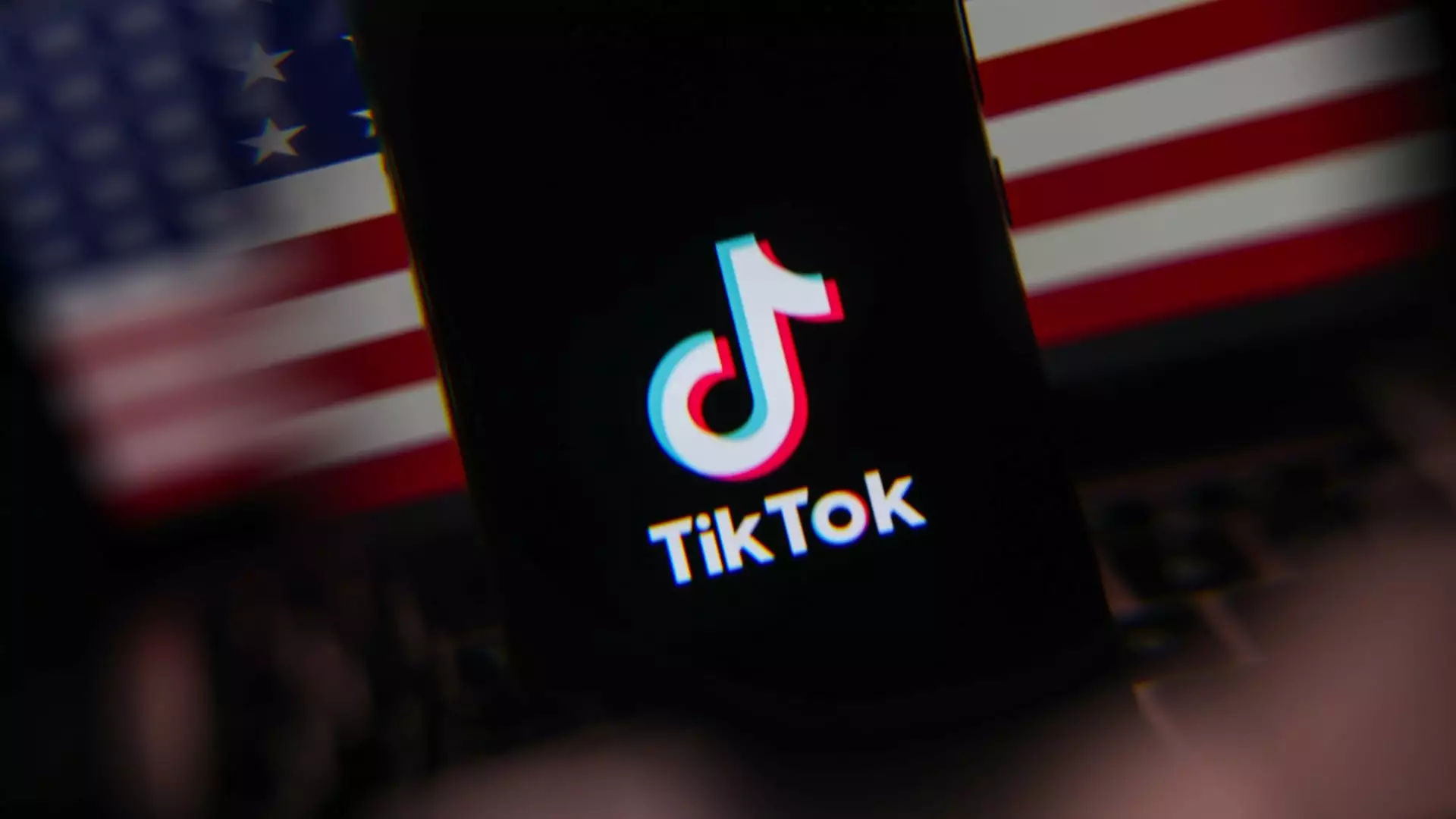In a significant turn of events, TikTok has made its return to both the Apple App Store and Google Play Store after being temporarily removed on January 18. The removal came in direct response to a national security law that aimed to regulate the operations of China-based ByteDance, TikTok’s parent company, within the United States. This incident marked a pivotal moment in the ongoing debate surrounding national security concerns and individual rights, particularly the First Amendment implications for TikTok’s large user base, which numbers over 170 million in the U.S. alone.
The Protecting Americans from Foreign Adversary Controlled Applications Act, signed into law by former President Biden in April, mandated that ByteDance divest its U.S. operations by January 19 or face an effective ban. This legislative action raised significant concerns about foreign interference in American online spaces and the protection of sensitive user data. TikTok argued that the enforced divestiture would infringe on the First Amendment rights of its American users. However, the U.S. government’s position remained that the app posed a national security risk due to its ownership ties to the Chinese government.
The Supreme Court aligned with the Biden administration’s perspective in January, affirming Congress’s views on the necessity of divestiture to adequately address national security concerns. The overarching question emerged: How do we balance national security with the rights of users and the operation of businesses?
The Role of Political Leadership
The political landscape further complicated the situation. Former President Trump leveraged his influence by delaying the enforcement of the ban, offering a glimmer of hope for TikTok’s continued presence in the U.S. He proposed a joint ownership structure, indicating that he preferred the platform to remain operational and envisioned U.S. control in a potential collaborative effort. This negotiation underscored the complexities of handling foreign-owned apps operating within American markets and emphasized the political motivations intertwined with corporate governance.
Despite being absent from app stores for nearly a month, TikTok demonstrated remarkable resilience, managing to recover about 90% of its traffic as of late January. Data from Cloudflare Radar highlighted that the app’s user engagement remained robust, illustrating how ingrained it has become in the social media landscape. This recovery raises questions about the effectiveness and repercussions of regulatory measures in the digital age. Do such actions genuinely protect users, or do they instead galvanize public interest and usage of the platform?
As TikTok continues to navigate the treacherous waters of political and regulatory scrutiny, the future remains uncertain. The app is now back in users’ hands, but the debates surrounding national security, user rights, and corporate governance are unlikely to dissipate anytime soon. How stakeholders, including lawmakers, users, and platforms, adapt to these challenges will be crucial in shaping the landscape of social media governance in the years to come. With the app’s future hanging in a delicate balance, it is pivotal that all parties involved remain vigilant in protecting both national interests and the rights of individual users.

